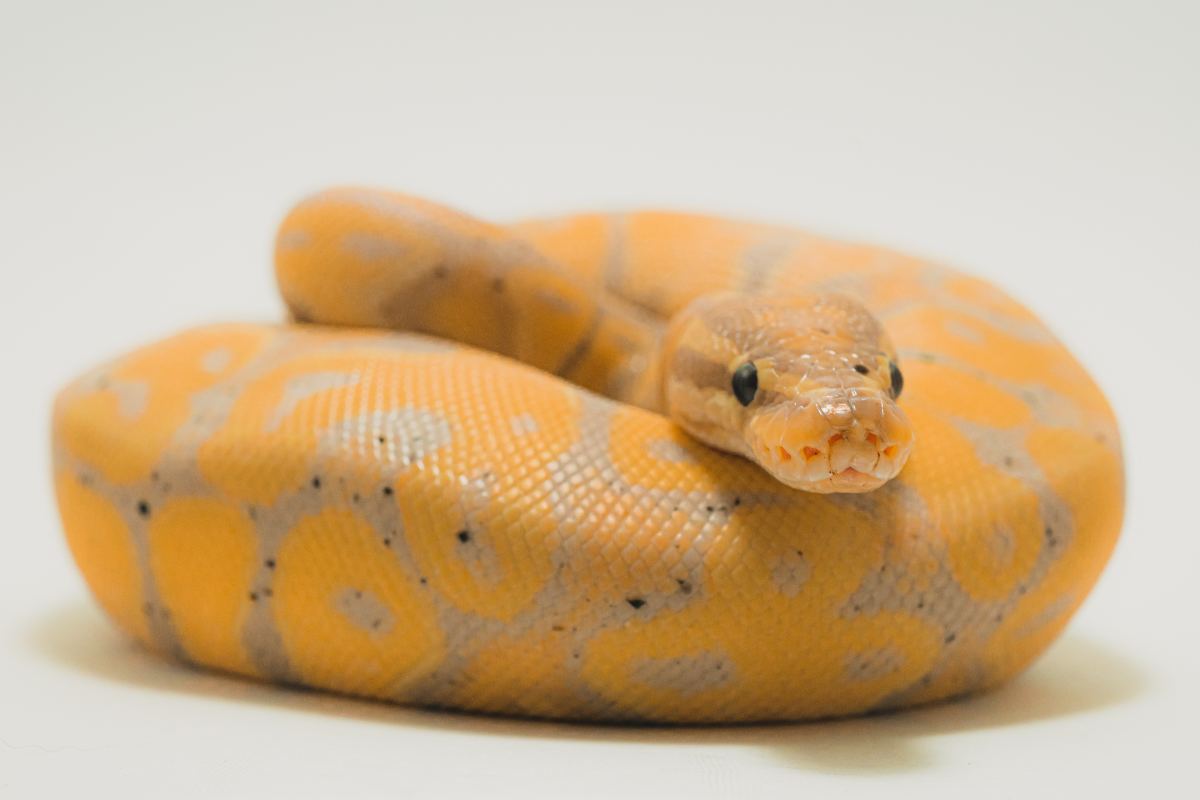Introducing Snake Option: Snake for Sale Galore!
Introducing Snake Option: Snake for Sale Galore!
Blog Article
How to Develop the Perfect Habitat for Your Pet Dog Snake
Developing the optimal habitat for your animal serpent is important to guaranteeing its wellness and wellness. From selecting the appropriate room to providing the proper temperature and humidity degrees, there are various factors to think about when establishing up a habitat that resembles your snake's all-natural atmosphere. By understanding the details demands of your snake species and implementing the essential components in its habitat, you can create a room where your animal can thrive. Allow's check out the essential parts that enter into making the perfect home for your slithery buddy.
Selecting the Right Enclosure
Selecting the proper enclosure is important in giving a suitable living room for your animal serpent. The unit works as the snake's main environment, influencing its overall wellness and habits. When picking an unit for your pet snake, there are a number of aspects to take into consideration to ensure a comfortable and risk-free environment. The size of the unit is crucial, as it must be sizable enough to allow the snake to move around freely. A basic general rule is to give a habitat that goes to least as long as the serpent's length and broad enough for it to extend out easily.
Wood and PVC enclosures use outstanding insulation, which is vital for controling temperature level and humidity degrees within the habitat. Inevitably, the room should resemble the snake's all-natural habitat as carefully as feasible to ensure its health and happiness.
Establishing Temperature and Moisture Degrees
In order to give a favorable living environment for your pet serpent within the chosen enclosure, attention to preserving optimal temperature and moisture degrees is paramount. Serpents are ectothermic creatures, meaning they rely on exterior resources to control their body temperature level.
The appropriate humidity level varies depending on the snake species, with a lot of needing levels between 40-60%. By carefully checking and adjusting temperature and humidity levels, you can produce a comfy and risk-free environment for your precious pet dog snake.
Giving Adequate Concealing Areas
Ensuring the schedule of ideal hiding places is crucial for developing a stress-free environment for your animal serpent. Serpents are naturally inclined to seek hiding areas for protection and convenience. To imitate their natural habitat, supply at the very least two hiding areas in your snake's enclosure-- one on the warmer side and one on the cooler side. These concealing areas can be created making use of commercially available sanctuaries, half logs, or even rescinded blossom pots. Guarantee that the concealing spots are tight sufficient to make your serpent really feel additionally spacious but secure enough for simple entry and departure.

Selecting the Appropriate Substratum
To produce an ideal environment for your animal serpent, what elements should be considered when picking the suitable substratum? Choosing the right substratum for your animal serpent is important for maintaining its wellness and well-being. When picking a substrate, several variables need to be thought about.
First and foremost, the substrate needs to imitate the snake's natural atmosphere as closely as possible. Different snake varieties have various habitat choices, so it is necessary to investigate your specific snake's indigenous environment to choose an appropriate substrate. For instance, desert-dwelling snakes may need a sandy substratum, while forest-dwelling snakes may favor a more damp substratum like cypress compost or coconut husk.
Decide for substratums that are very easy and safe to tidy to keep a sanitary setting for your pet dog serpent. By meticulously considering these factors, you can create a secure and comfy environment for your family pet snake.
Offering Appropriate Lighting and Heating

When it pertains to lighting, serpents have specific lights demands to mimic their native environment. Ultraviolet (UV) lights may be necessary for sure snake types to assist with calcium absorption and vitamin D synthesis. Nonetheless, not all snakes require UV lighting, so it's important to research your certain snake types' needs.
To offer the appropriate balance of lighting and heating, consider utilizing helpful resources a mix of overhead home heating lights, heating pads, and thermostats to control temperature levels accurately. Make sure that your serpent's habitat has a temperature level slope, allowing it to move between warmer and cooler locations as required. snake for sale. By offering appropriate illumination and heating, you can create a comfortable and healthy atmosphere for your pet dog snake
Conclusion
In final thought, developing the ideal habitat for your family pet serpent involves choosing the best room, establishing ideal temperature and moisture degrees, supplying appropriate hiding areas, selecting the ideal substratum, and offering appropriate illumination and heating. By complying with these standards, you can make certain that your serpent has a healthy and balanced and comfy setting to grow in. Bear in mind to routinely keep an eye on and change the habitat as needed to meet your serpent's details requirements.
To produce an appropriate habitat for your pet serpent, see this page what elements should be thought about when selecting the suitable substrate? Different serpent types have different habitat choices, so it is essential to investigate your details snake's indigenous setting to choose a suitable substrate. Desert-dwelling serpents might require a sandy substratum, while forest-dwelling serpents might favor a much more damp substratum like cypress mulch or coconut husk.
Not all serpents require UV illumination, so it's important to research your details serpent species' requirements.

Report this page